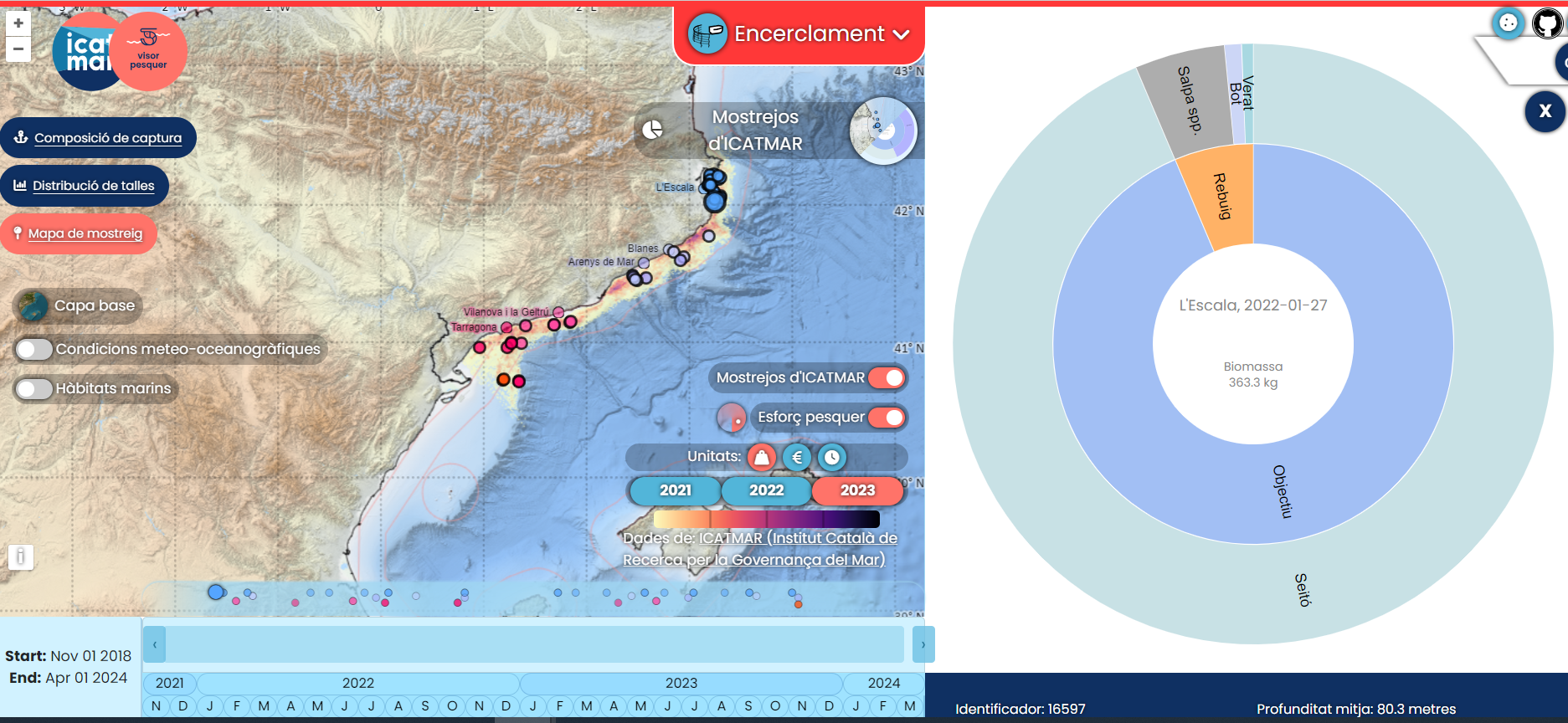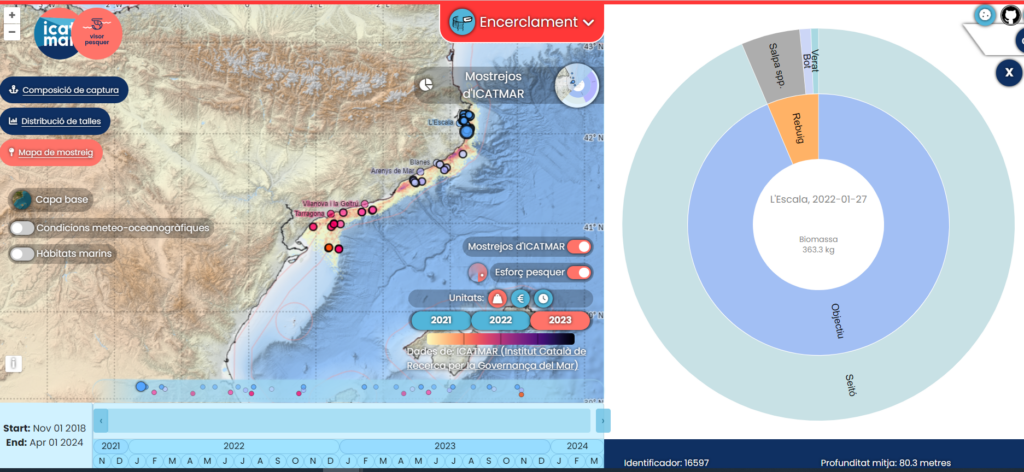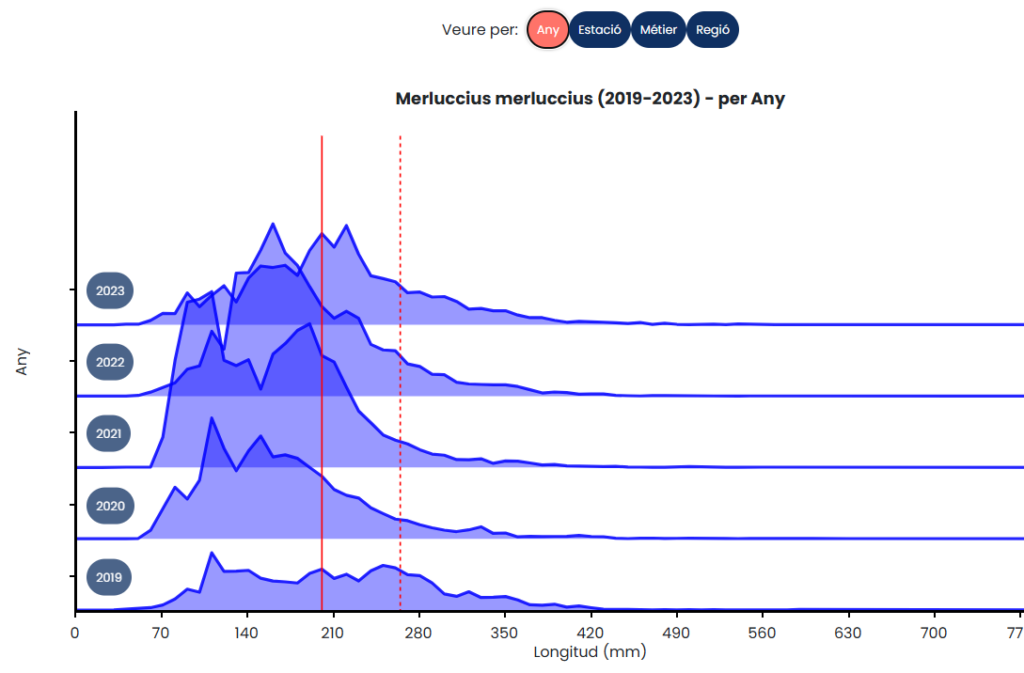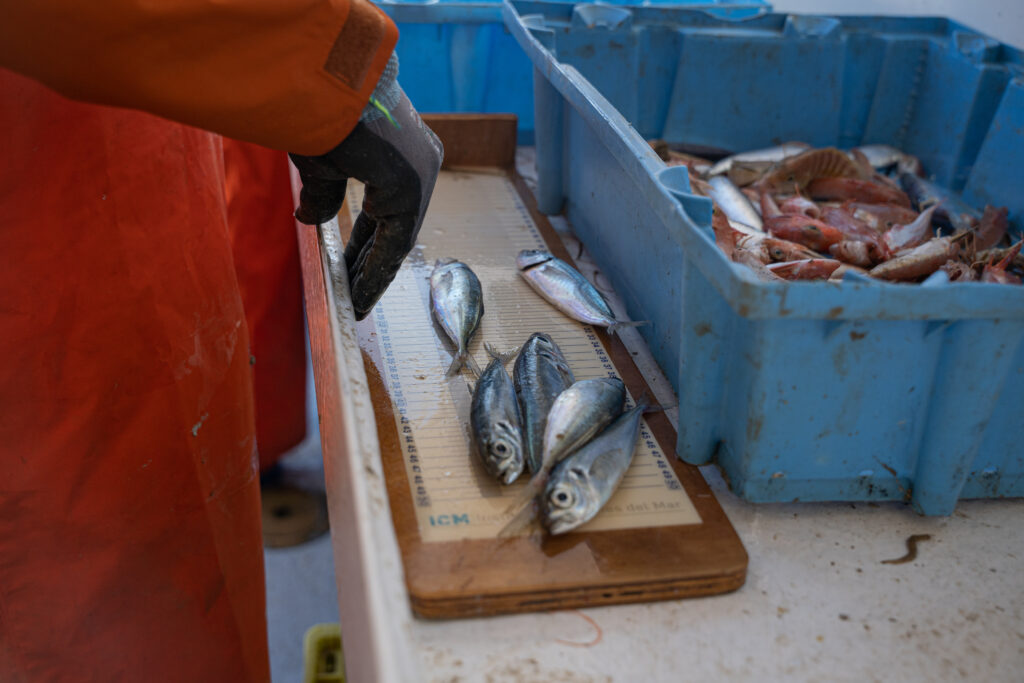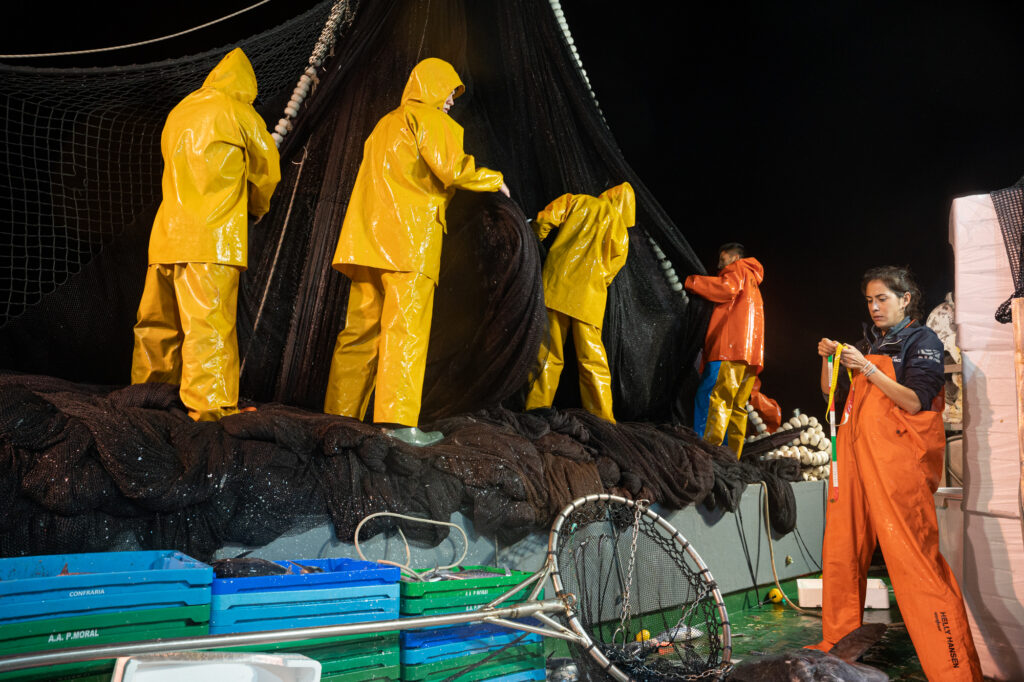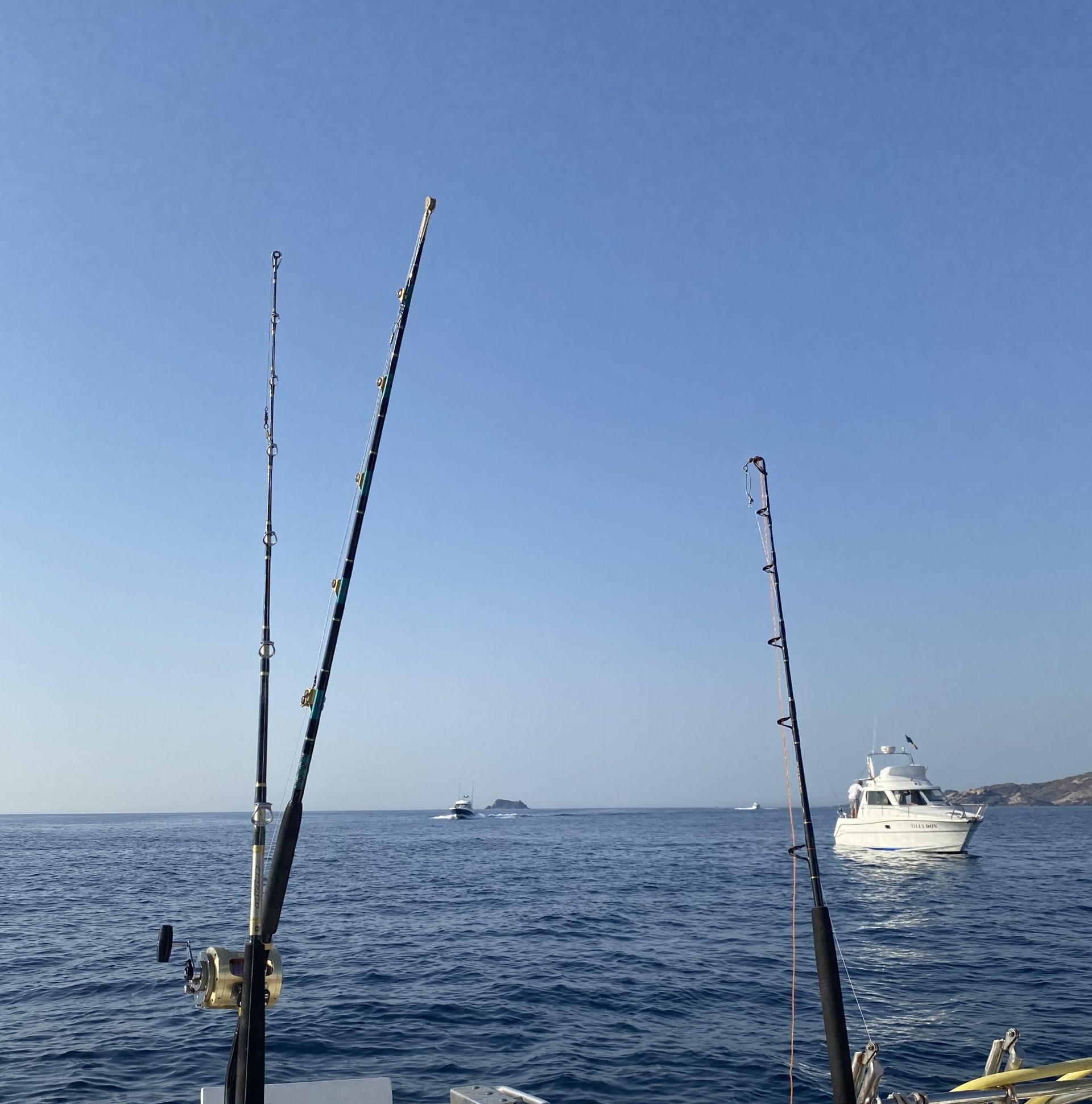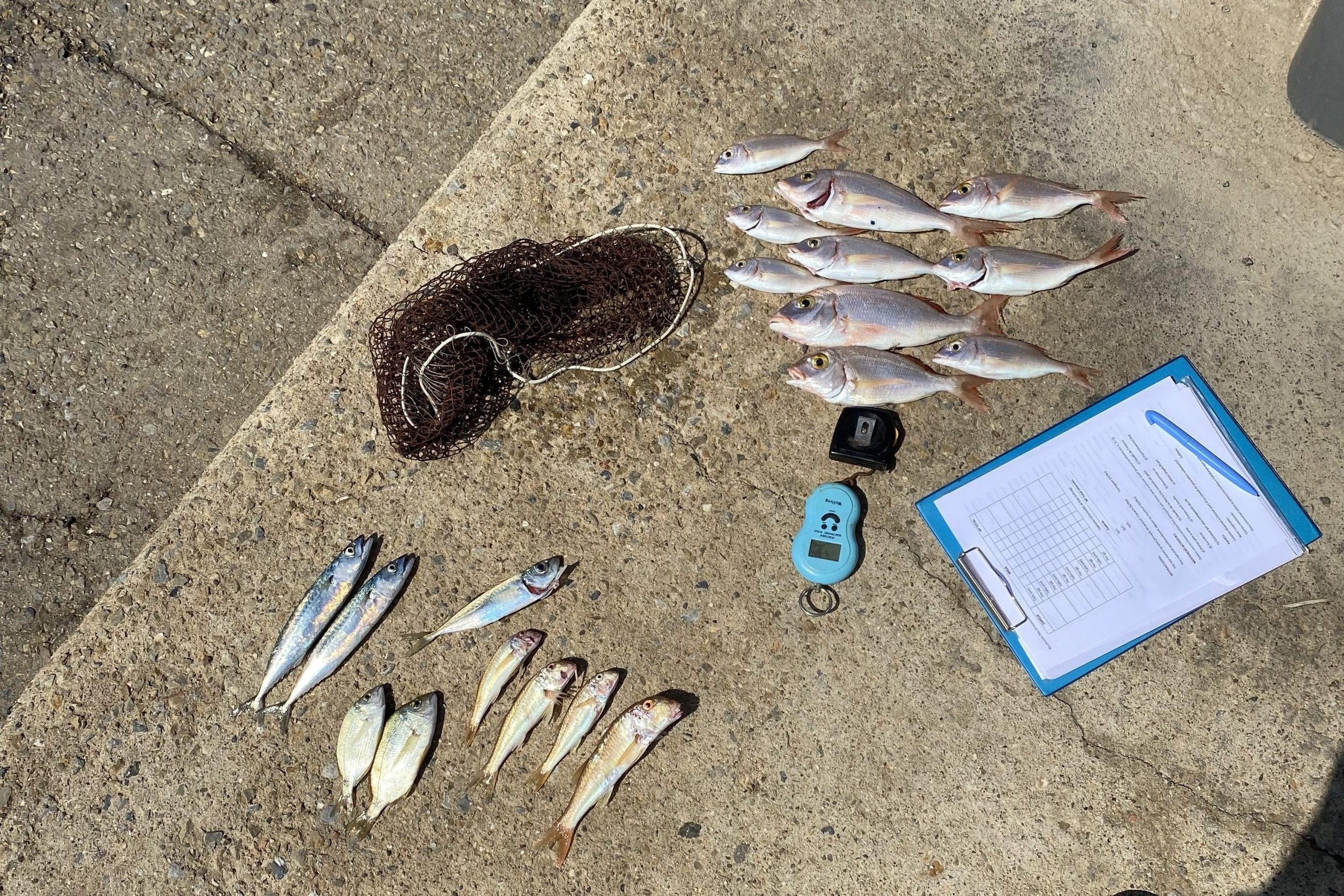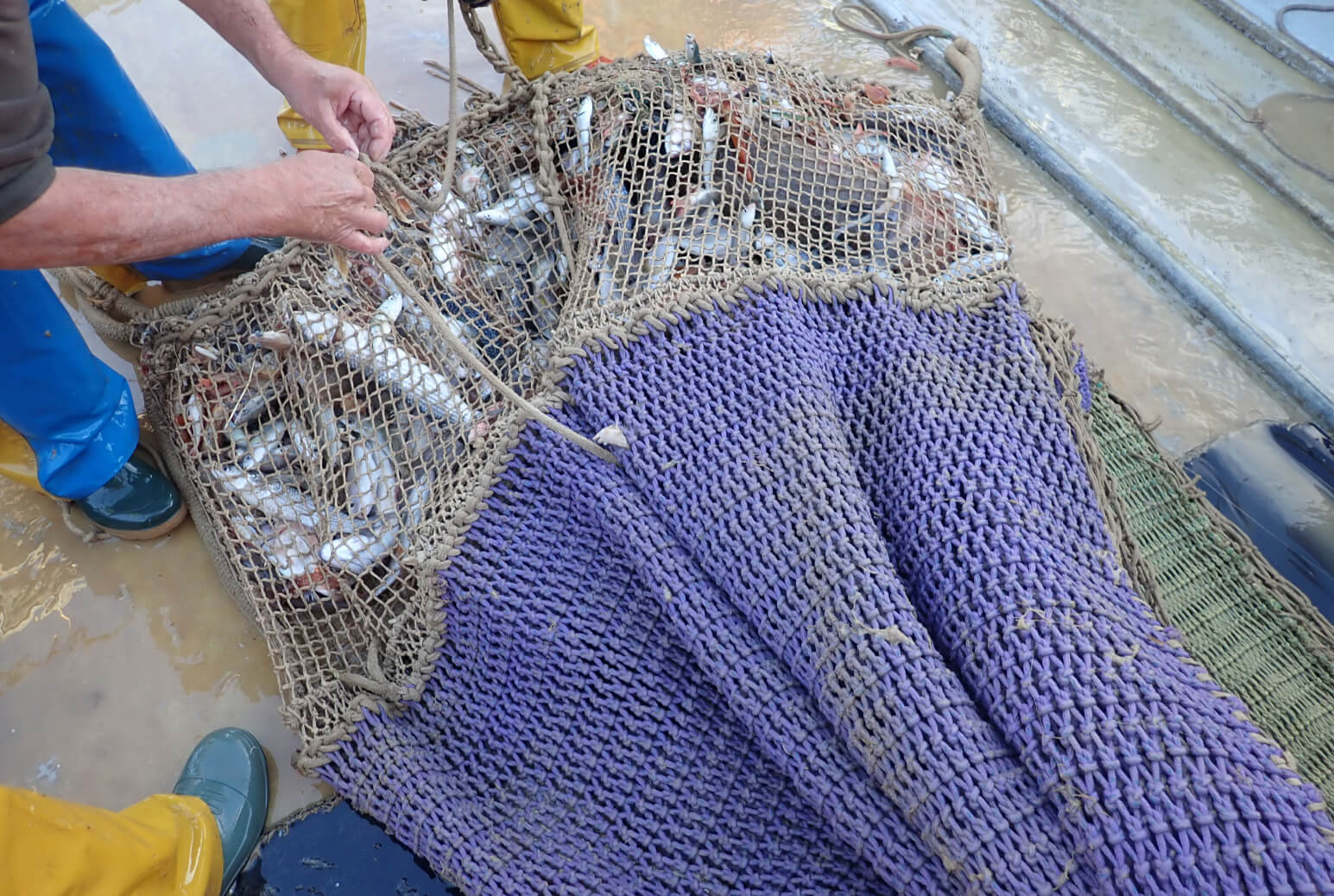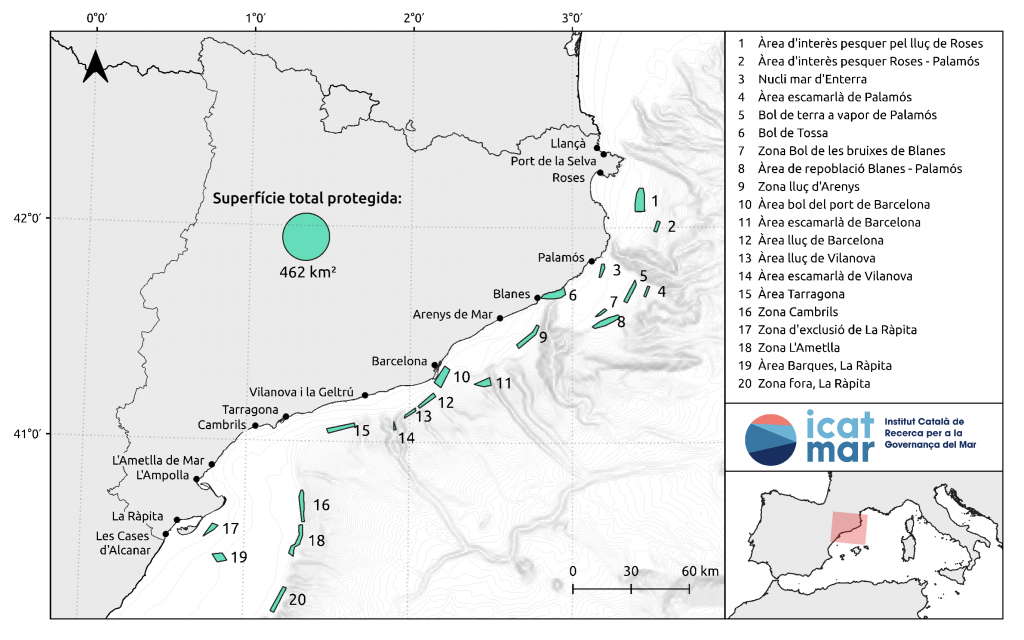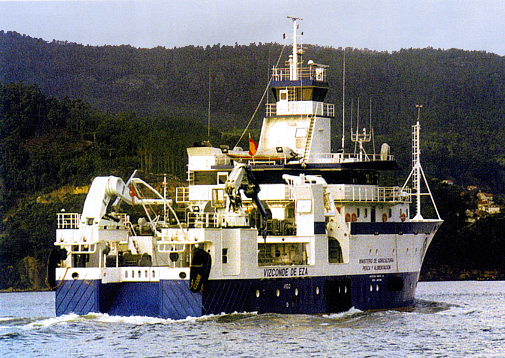
This is the MEDITS-AUT campaign, the first of its kind to be carried out by a Catalan research group based at the Institut de Ciències del Mar (ICM-CSIC).
The campaign will be carried out on board the oceanographic vessel Vizconde de Eza and will cover the waters of Catalonia, Comunidad Valenciana, and part of Murcia over a period of 24 days.
The data will be collected following the Programa Nacional de Datos Básicos (PNDB) and will complement those from the MEDITS campaign, which is carried out annually by the Instituto Español de Oceanografía (IEO-CSIC).
Barcelona, 10 November 2025
Next Monday, 17 November, around twenty scientists from the Institut Català de Recerca per a la Governança del Mar (ICATMAR) and the Institut de Ciències del Mar (ICM-CSIC) will board the oceanographic vessel Vizconde de Eza operated by the Secretaría General de Pesca, to launch, for the first time, a MEDITS campaign in autumn: the MEDITS-AUT25. These type of campaigns are usually conducted in spring, and replicating them at a different time of the year will provide a more accurate picture of the status of fishery resources in the western Mediterranean.
The campaign will last for 24 days and will cover the entire GSA 6, a geographical subarea established by the General Fisheries Commission for the Mediterranean (GFCM) which includes the western Mediterranean waters from Catalonia to Murcia. This initiative is made possible through a collaboration between ICATMAR and the Ministerio de Agricultura, Pesca y Alimentación and will become the first oceanographic campaign of this kind to be carried out by a Catalan research group. The main objective is to obtain complementary data to those collected during the MEDITS campaign conducted annually by the IEO-CSIC in spring, which are used to estimate the abundance and distribution of target species in bottom trawl fisheries.
Following the MEDITS protocol, the campaign will carry out a minimum of 88 trawl hauls, covering the continental shelf and slope at depths ranging from 10 m to 800 m. In addition, oceanographic data will be collected from water masses, such as temperature and salinity, which will allow researchers to study their characteristics and changes over time.
“The implementation of MEDITS-AUT25 will provide us with highly valuable information, as it will allow us to observe seasonal changes in the distribution of bottom trawl target species due to biological and ecological factors. Moreover, having two annual campaigns at different times of the year significantly increases the resolution of abundance and biomass indices for the analyzed species,” says researcher and campaign leader Joan Baptista Company.
The MEDITS campaign
The MEDITS campaign (Mediterranean International Trawl Survey) was launched in 1993 following a regulation by the European Council on the Common Fisheries Policy (CFP). The regulation urged Member States to carry out oceanographic surveys to obtain long-term series of scientifically robust data for the management and conservation of demersal species’ stocks—those associated with the seabed—in the Mediterranean. The data collected are incorporated into the Programa Nacional de Datos Básicos (PNDB).
Over the years, the program has evolved beyond the assessment of fishery resources to also include the study of marine communities and ecosystems, the identification of key habitats for species, and the analysis of marine litter, among other aspects. The information gathered during MEDITS campaigns is used by working groups of the Scientific, Technical and Economic Committee for Fisheries (STECF) and the GFCM to develop recommendations for fisheries management.
“Now, collecting data in autumn following this same protocol will allow us to gather information on early life stages of certain species that cannot be found in spring, such as the red mullet (Mullus barbatus),” notes ICATMAR researcher Marta Blanco.
